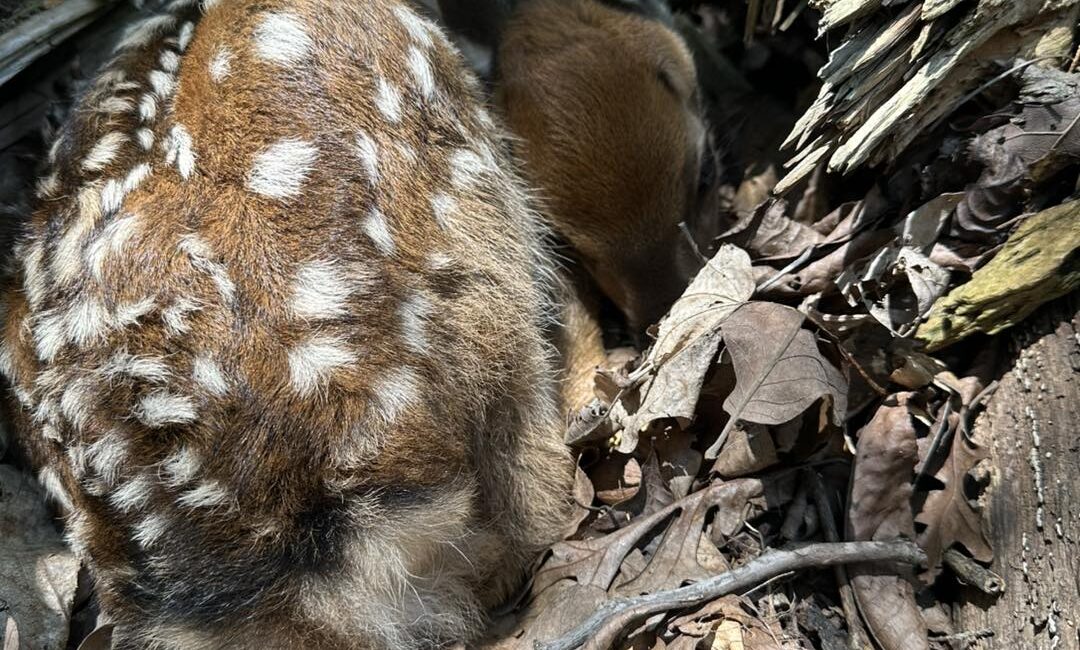
New Sika baby
The arrival of a baby sika deer — called a fawn — is one of the quiet wonders of the wild. Sika deer, originally native to East Asia but now found in parts of Europe and North America, give birth in late spring or early summer when food is abundant and conditions are safest for the vulnerable newborns.
The Moment of Birth
A doe (female sika) will separate from the herd and seek out a sheltered spot in tall grass, thick brush, or woodland cover. This isolation helps protect her and the fawn from predators during the critical first hours. After a short labor, she delivers a single fawn (twins are rare but possible). The newborn is small, wobbly, and still damp, but within minutes it is struggling to stand on unsteady legs.
Early Life
A sika fawn is born with a reddish-brown coat patterned with bright white spots. These spots act as camouflage, breaking up the fawn’s outline in dappled sunlight. For the first few weeks, the mother leaves her baby hidden for long stretches while she feeds, returning several times a day to nurse. The fawn’s instinct is to remain still and silent, relying on its spotted coat and lack of scent to stay hidden.
Growth and Bond
Within a few weeks, the young sika begins to follow its mother more actively. By late summer, it is grazing alongside her and starting to socialize with other deer. The spots will fade as it grows, but the memory of those early hidden days shapes its survival.
The Wonder of Renewal
The birth of a baby sika is more than just the start of a new life — it’s a reminder of the resilience of wildlife. In every hidden thicket or grassy hollow, nature quietly renews itself, one fawn at a time.
